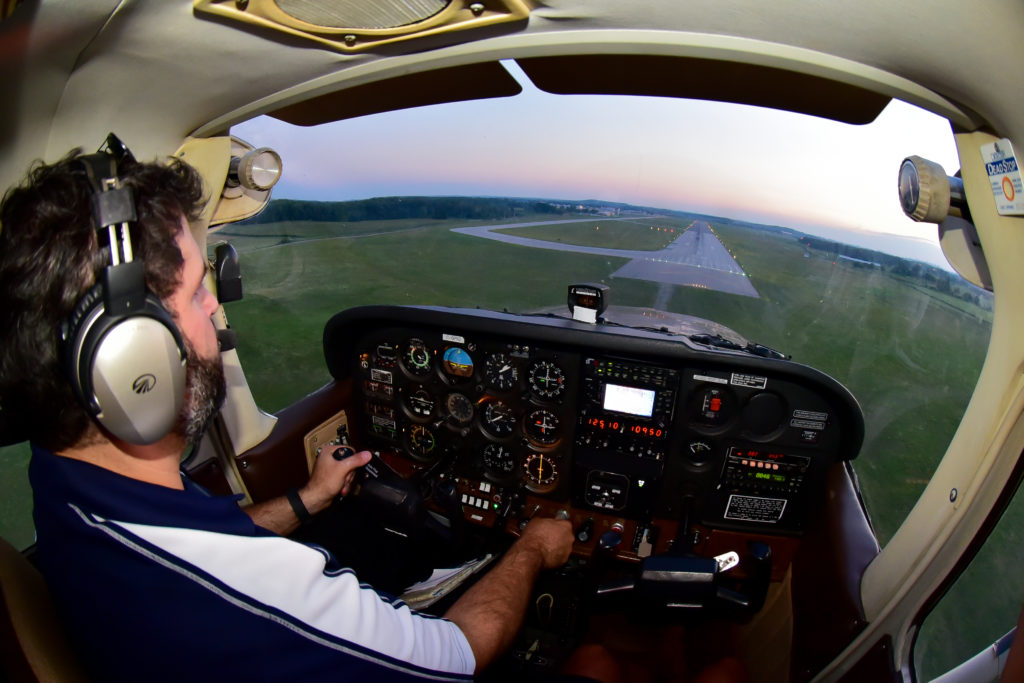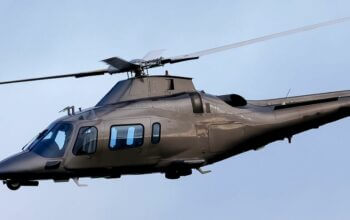Estimated reading time 5 minutes, 32 seconds.
International aviation is growing at an unprecedented rate.
The International Civil Aviation Organization has projected that by 2036, the global aviation sector will need 620,000 new pilots, 125,000 new air traffic controllers, and 1.3 million new aircraft maintenance personnel. Eighty per cent of this workforce is currently represented by young adults who have not yet begun training.

Education is a key element of meeting the industry’s need for competent professionals. Each year, Canadian flight training units produce about 1,200 pilots and college programs produce about 600 maintenance technicians, yet demand is outpacing training capacity.
To produce the professionals required to meet future demand, we need to reflect on existing training practices and carefully consider the integration of new instructional methodologies. One of these is competency-based aviation education.
It is generally recognized that a focus on hours of training (such as a pilot’s flight hours) does not necessarily reflect proficiency or skill. Most would agree that some hours can dramatically impact the way you think, act, and feel–while others may have no impact at all. It is logical that what occurs during those hours is more important than the hours themselves.
So why has the aviation industry historically equated hours of training to competence? We have a long history of regulating a specific number of training hours per licence or certificate. As challenges have arisen and new needs are identified, we often respond by ‘throwing a few hours of training’ at the problem. The advantage of hours is that they are easy to count–and therefore a useful metric that provides a snapshot of experience.
The downside of an hours-based educational system is that it is not as adaptive to individual needs and has limited flexibility for advanced training tools.
Imagine you are a student who has mastered a technique–yet the regulations require you to continue practicing it for five more hours. This is an inefficient use of training resources and it causes frustration from students who may benefit from applying those practice hours to their weaknesses.
Likewise, why would an aviation training unit invest in new technologies (such as simulators) to help students achieve competence more quickly, if those students are still required to complete the same number of training hours?
The challenge of a training system based on ‘time’ is that there is no way to expedite the process. You fundamentally cannot make hours pass more quickly.
However, there is another reference for aviation training and licensing, which is ‘competence.’
Competency-based training (CBT) uses professional competence as the benchmark for determining when training is complete, rather than hours.
CBT can be a complicated concept. The following three-tiered definition helps to clear up confusion:
- Competence describes the skills, knowledge, and attitude required to function in a professional role.
- Competencies are written statements (usually drafted by a group of experts) that describe competence.
- Competency-based training is an educational program that uses competencies as the primary reference for training completion.
A competency-based approach offers several advantages over traditional hours-based methods, as training becomes more personalized and adaptive. As the ‘competencies’ are the reference for when training is complete, once a student demonstrates competent performance they can progress to the next topic area.
This allows students to move quickly through content they understand–and focus additional time on areas that they find challenging. Training organizations that have advanced equipment, such as flight simulators, can often capitalize on this technology for a greater proportion of a competency-based curriculum.
When considering the three-tiered definition, notice that between each level there is an aspect of human interpretation. If you think about your job–and you were asked to write ‘competencies’ (written statements defining all of the knowledge, skill, and attitude-based attributes of your work)–you can imagine that once your pen meets the paper, you are likely to lose some of the intricacies of your professional competence. This creates a gap between actual competence and written competencies.
Likewise, after competencies are written, educational programs are designed that use competencies as the reference for when learners have completed training. The training application also requires a step of human interpretation–as training managers, instructors, students, and regulators may have different interpretations of the meaning of the competencies. This can create another gap in the chain between true competence and CBT.
Overall, competency-based training represents a new licensing and training philosophy that has both strengths and limitations. CBT principles may allow training to be more closely aligned with real-world skills, become flexible and adaptive to student needs, and capitalize on the use of new training tools.
However, this approach must also be applied cautiously to ensure the quality of the existing training system, avoid over-simplification, and ensure the consistency of training.









Interesting outlook, but I think most of the aircraft/helicopters in the future will mostly be flown by computers,glass cockpits, with a crew of a big dog and pilot. The dog to bite the pilot if he tries to touch anything.
I would suggest that every pilot get a degree in computer science.
Theory as taught in school using whatever is available and understanding it, has to be actually applied and lived, which becomes experience that the individual has gained.
What ever you are doing, the longer you do it, the safer you become.
You can only get theory in school, you have to apply it,in a safe manner.
Shortage of new pilots,definitely due to high cost of training,if a person male,female is competent and excels early,20…30 hrs,is indication of a good pilot in the making,with the PPL in hand can afford to build time and hope to get a job,maybe flight instructor..current dual i understand is around 250.00 / hr.